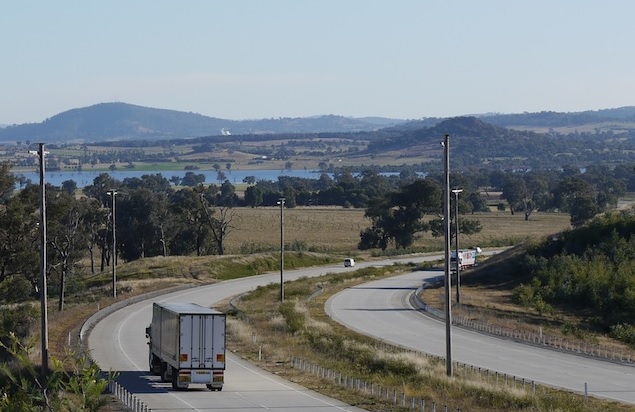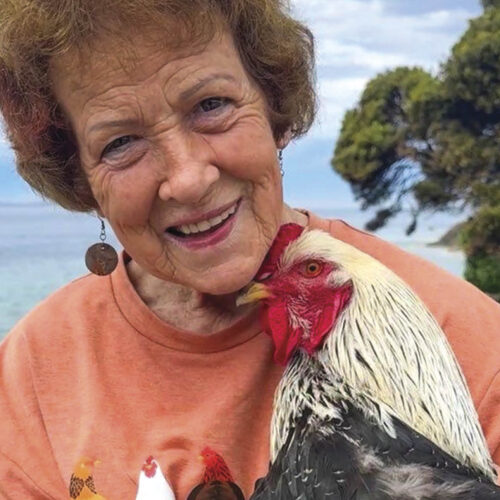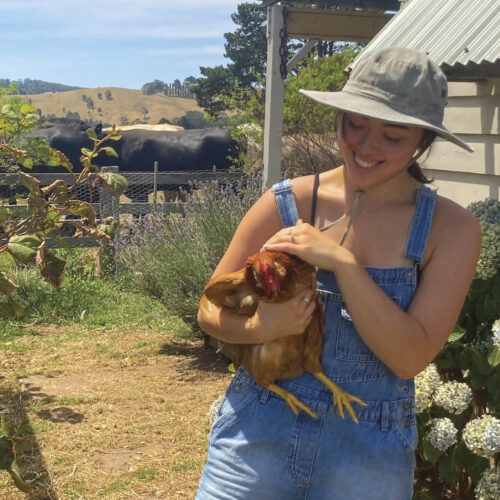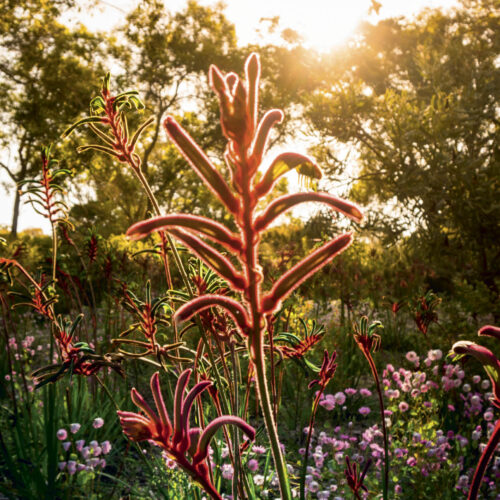High-wire act
2015-08-12T03:47:58+10:00
Have you noticed these poles when driving along the Hume Highway? asks PENNY WOODWARD.
Have you driven past these poles and, like me, wondered why they are there, and indeed, what they are? Electricity poles with no wire? The remains of an old bridge? In fact, they are part of a glider super-highway that also includes rope bridges to help native animals travel safely from one side of the deadly Hume to the other. We quite often hear of bridges and tunnels constructed in an attempt to stop wildlife being killed by cars, but do they work? As well as these poles and rope bridges, I have seen pictures of bridges for Christmas Island crabs, tunnels for wombats and kangaroos, and even tunnels under highways in the United States that are used by more than 30 different species of animal.
So here’s a bit of history about this road and these bridges and poles. Between 2005 and 2007 a group of researchers from the Australian Research Centre for Urban Ecology (ARCUE) and Monash University looked at the Hume Freeway (four lanes of divided road) to see what impact it had on squirrel glider populations on either side. Dr Kylie Soanes from ARCUE explained, “Wildlife can have a tough time crossing roads. Noisy, fast vehicles and wide, open gaps in habitat make it an uninviting and risky venture. This means some animals are cut off from food, shelter or loving company on the other side of the road, young have trouble dispersing to find new territories and populations might become small and genetically isolated.” The team found that not only was the more than 50 metre gap too wide for sugar gliders to safely glide across, but also that fewer gliders survived in these areas than those in groups further from the road. In response to these findings, in 2007 on the Victorian side of the border at five sites, rope bridges and gliding poles were established to allow the gliders to safely cross the road. In 2009 similar structures were installed on the NSW side.
But back to the ‘do they work’ question? And no the scientists didn’t try to train animals to use them, these are wild animals we are talking about.
Stop motion cameras and later video cameras were set up to monitor whether animals were using the bridges and poles. Some have been in place for more than 6 years and over time it became clear that not only squirrel gliders, but also possums, sugar gliders, cockatoos and even brush tailed phascogales and a lace monitor were using the rope bridges. Although in most cases it took up to 2 years for the animals to learn to use them on a regular basis.
As Dr Soanes points out it took a lot of time to get it right, “Scientists, engineers, road planners and environmental managers put a lot of thought into making each one as good as possible. After a structure is built there’s more work to do, figuring out how well it works and perfecting designs to make future structures even better,” she says.
As part of her PhD, Dr Soanes also looked at whether the squirrel glider populations were intermingling on opposite sides of the freeway. Analysis of the results showed that in spots where the crossings were in place, that there were offspring with parents on the both sides of the freeway. So it is certain that some individuals were crossing the road and breeding while there.
As Dr Soanes says, “By cross-checking the identity of these family members with data from the cameras and microchip scanners, I was able to confirm that they had used the canopy bridges to cross the freeway. Overall, I found that installing a crossing structure resulted in detectable improvements to gene flow within just 5 years.”
This type of research is essential to measure the impact that we have on wild populations of native fauna. As we spread across the landscape, roads precede or follow us. They cut through wildlife corridors, reserves and national parks. It is crucial that we minimise our impact on wild environments and these simple bridges and poles, and the much more complicated and dedicated research that has accompanied them, are vital. Next time you drive under or near these bridges and poles, give a thought to our precious native fauna who are using them as part of their day to day existence.
Soanes K, Lobo MC, Vesk PA, Moore J, McCarthy MA and van der Ree R (2013) Movement re-established but not restored: Inferring the effectiveness of road-crossing mitigation for a gliding mammal by monitoring use. Biological Conservation 159, 434-441






